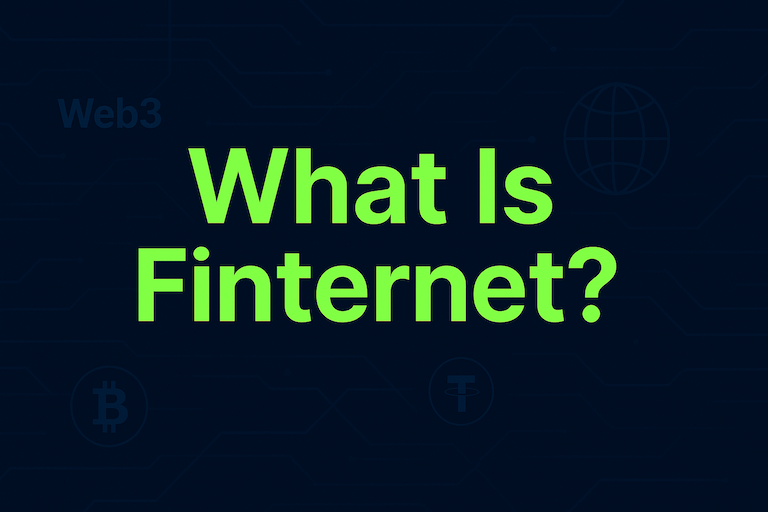What is a flash loan?
Feb 12, 2025
Flash loans have emerged as a revolutionary financial instrument within the decentralized finance (DeFi) ecosystem. They allow users to borrow large amounts of cryptocurrency without collateral, provided that the loan is repaid within the same transaction block. This innovative mechanism has unlocked new possibilities for trading, arbitrage, and liquidity provision, though it also presents unique risks. Understanding how flash loans work, their use cases, and the potential pitfalls is crucial for anyone looking to navigate the DeFi landscape. This blog post will delve into the intricacies of flash loans, explaining their mechanics and implications in the crypto world.
Understanding Flash Loans
Flash loans operate on the principle of smart contracts, which are self-executing contracts with the terms of the agreement directly written into code. When a user initiates a flash loan, they effectively create a transaction that borrows funds, utilizes those funds for a specific purpose, and then repays the loan, all within a single transaction. This unique structure eliminates the need for collateral, a common requirement in traditional lending scenarios. However, the borrower must ensure that the loan is repaid before the transaction is completed, or the entire transaction will fail. The reliance on smart contracts makes flash loans a fascinating intersection of finance and technology.
Flash loans are executed in a single transaction block.
They do not require collateral to secure the loan.
The entire loan process, including borrowing and repayment, must occur instantly.
They rely on smart contracts for execution and automation.
Failure to repay within the transaction results in the loan reverting.
Use Cases of Flash Loans
The flexibility of flash loans has led to various applications within the DeFi ecosystem. Traders and investors often leverage these loans for arbitrage opportunities, where they exploit price discrepancies across different platforms or markets. Additionally, flash loans can be used for refinancing existing loans or to increase liquidity in decentralized exchanges. They also enable users to engage in high-frequency trading strategies without needing substantial capital upfront. This versatility makes flash loans a powerful tool for those who understand how to navigate the associated risks and rewards.
Arbitrage opportunities across different exchanges.
Refinancing existing loans to reduce interest rates.
Increasing liquidity on decentralized exchanges.
Engaging in high-frequency trading strategies.
Funding smart contract interactions without upfront capital.
Risks Associated with Flash Loans
While flash loans provide unique advantages, they also entail significant risks that users must be aware of. The most prominent risk is the potential for transaction failure, which occurs if the borrower cannot repay the loan within the same transaction. This failure can lead to loss of transaction fees and wasted gas costs. Additionally, flash loans can be exploited by malicious actors for liquidity attacks, leading to price manipulation or even the draining of funds from liquidity pools. Users must also consider the technical complexities involved in executing flash loans, as improper execution can result in financial losses. Being aware of these risks is crucial for anyone engaging in flash loan activities.
Transaction failure leading to wasted gas fees.
Potential for liquidity attacks and price manipulation.
Technical complexities increase the risk of improper execution.
Dependence on the DeFi platform's security protocols.
Risk of market volatility affecting the loan's intended purpose.
The Future of Flash Loans
As the DeFi space continues to evolve, the future of flash loans is likely to see significant developments. Innovations may lead to enhanced security measures to prevent exploits and improve user experience. Furthermore, regulations may emerge as governments and financial institutions begin to take notice of the rapid growth of DeFi lending practices. Flash loans could also expand beyond cryptocurrencies, potentially being applied in other asset classes as the technology matures. Overall, the evolution of flash loans presents exciting possibilities for both individuals and the broader financial ecosystem.
Potential for improved security measures against exploits.
Likely development of regulatory frameworks for DeFi lending.
Expansion of flash loans into other asset classes.
Innovations in smart contract technology enhancing user experience.
Increased adoption by mainstream financial institutions.
Conclusion
Flash loans represent a groundbreaking advancement in the decentralized finance sector, offering unprecedented borrowing capabilities without the need for collateral. Their unique structure allows users to engage in various financial strategies that were previously unattainable without significant upfront capital. However, the associated risks necessitate a cautious approach, emphasizing the importance of understanding the underlying technology and market dynamics. As the DeFi landscape continues to evolve, flash loans will likely play an increasingly prominent role, shaping the future of finance in novel and unexpected ways.
Start your safe cryptocurrency journey now
Fast and secure deposits and withdrawals, OSL safeguards every transaction !


